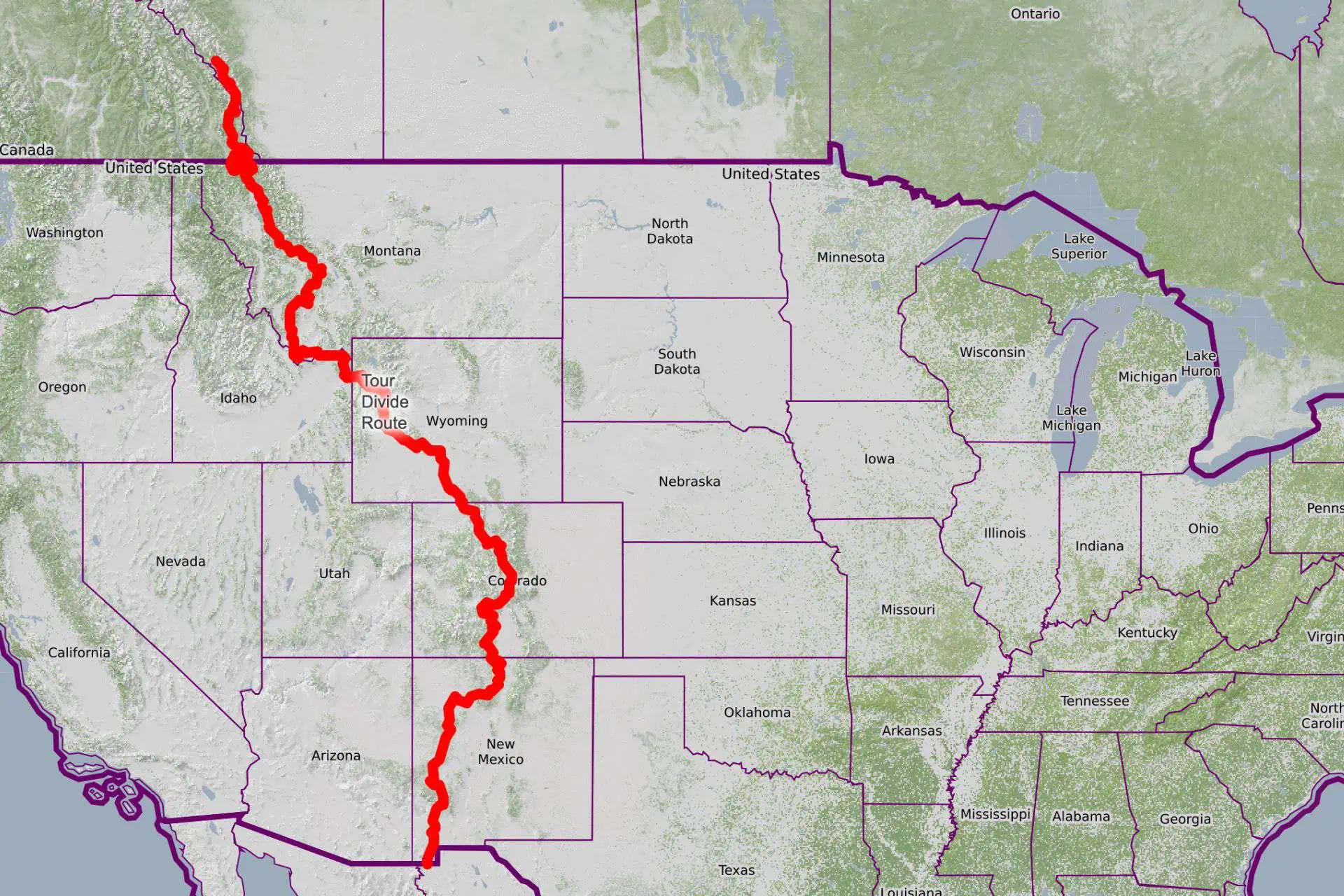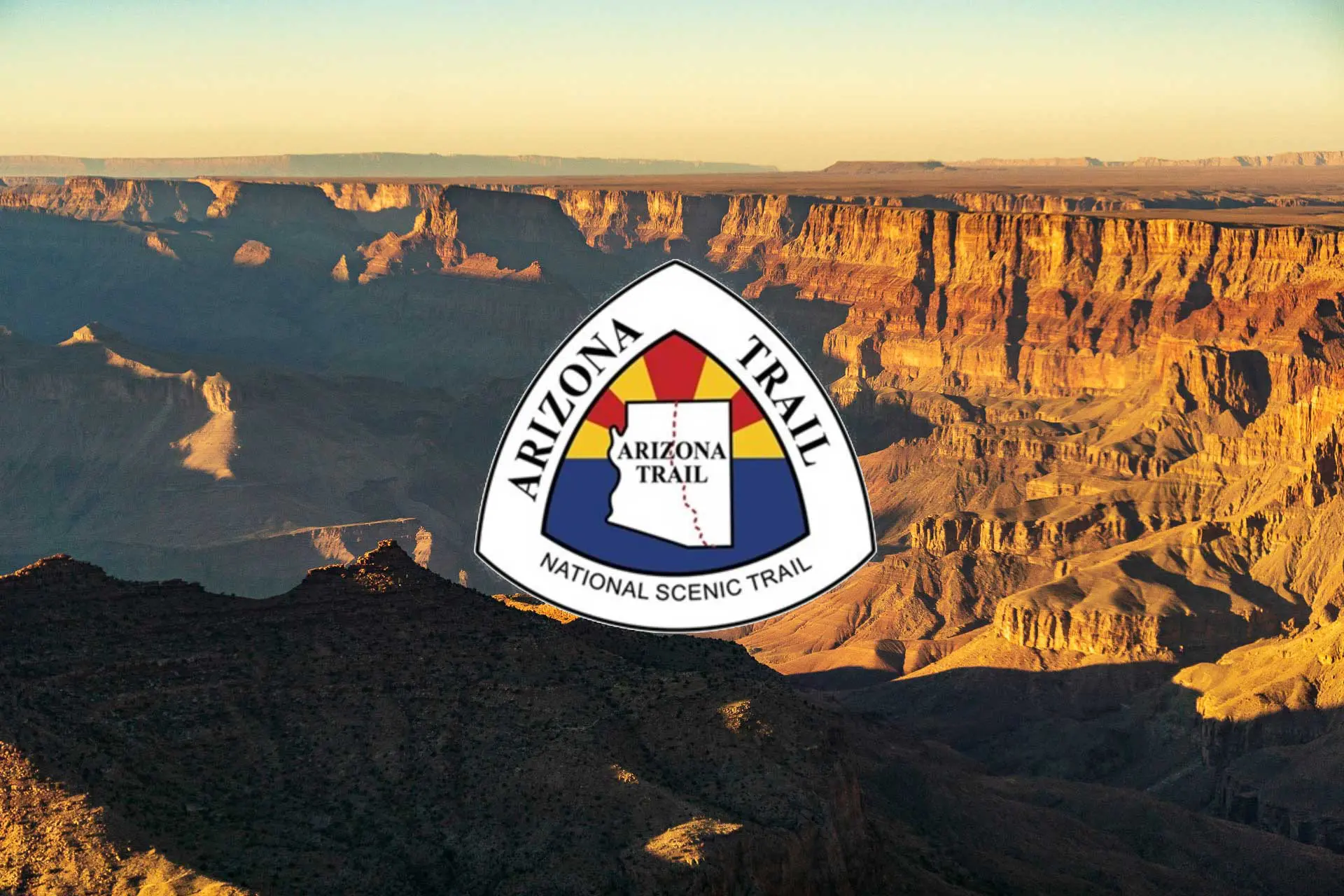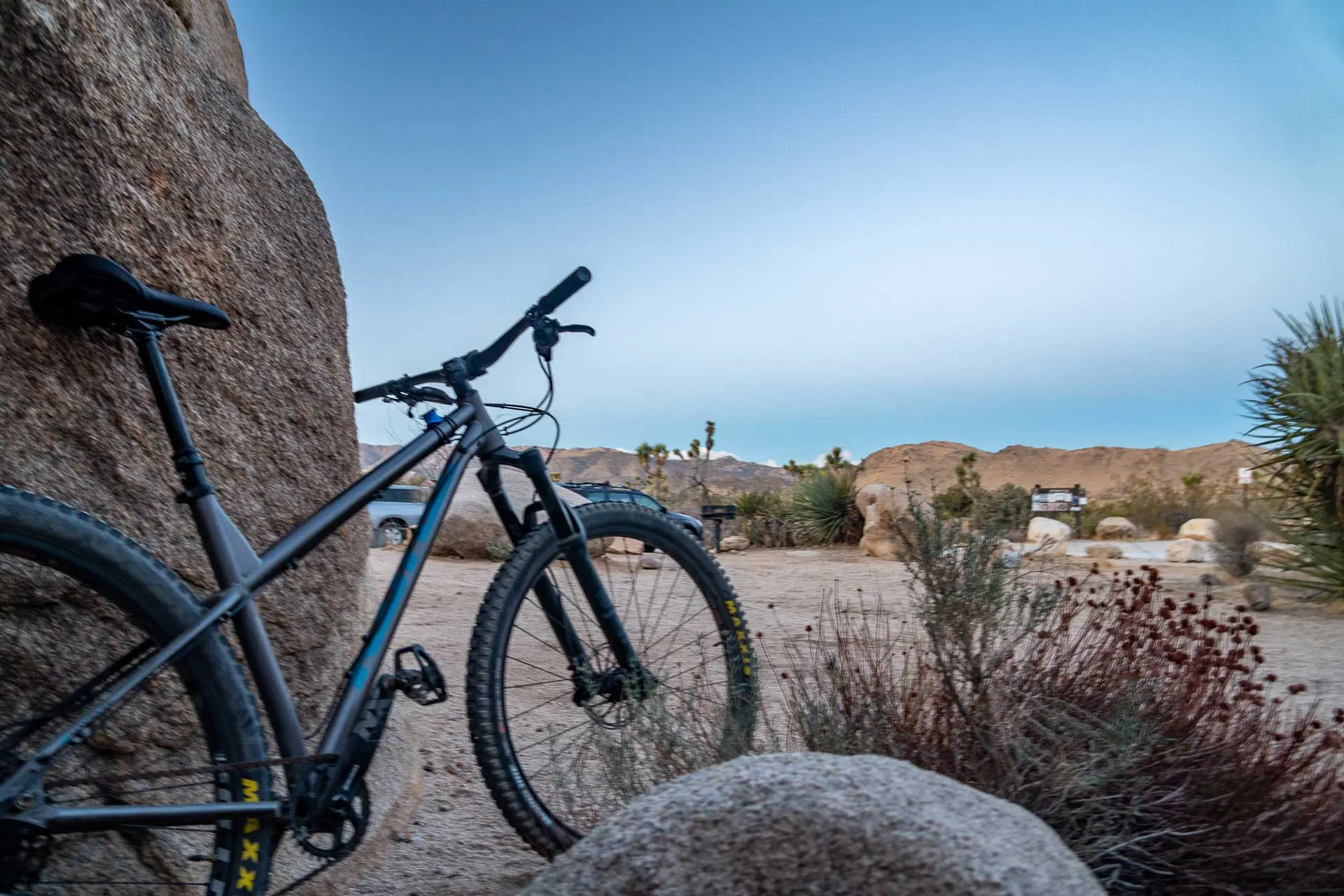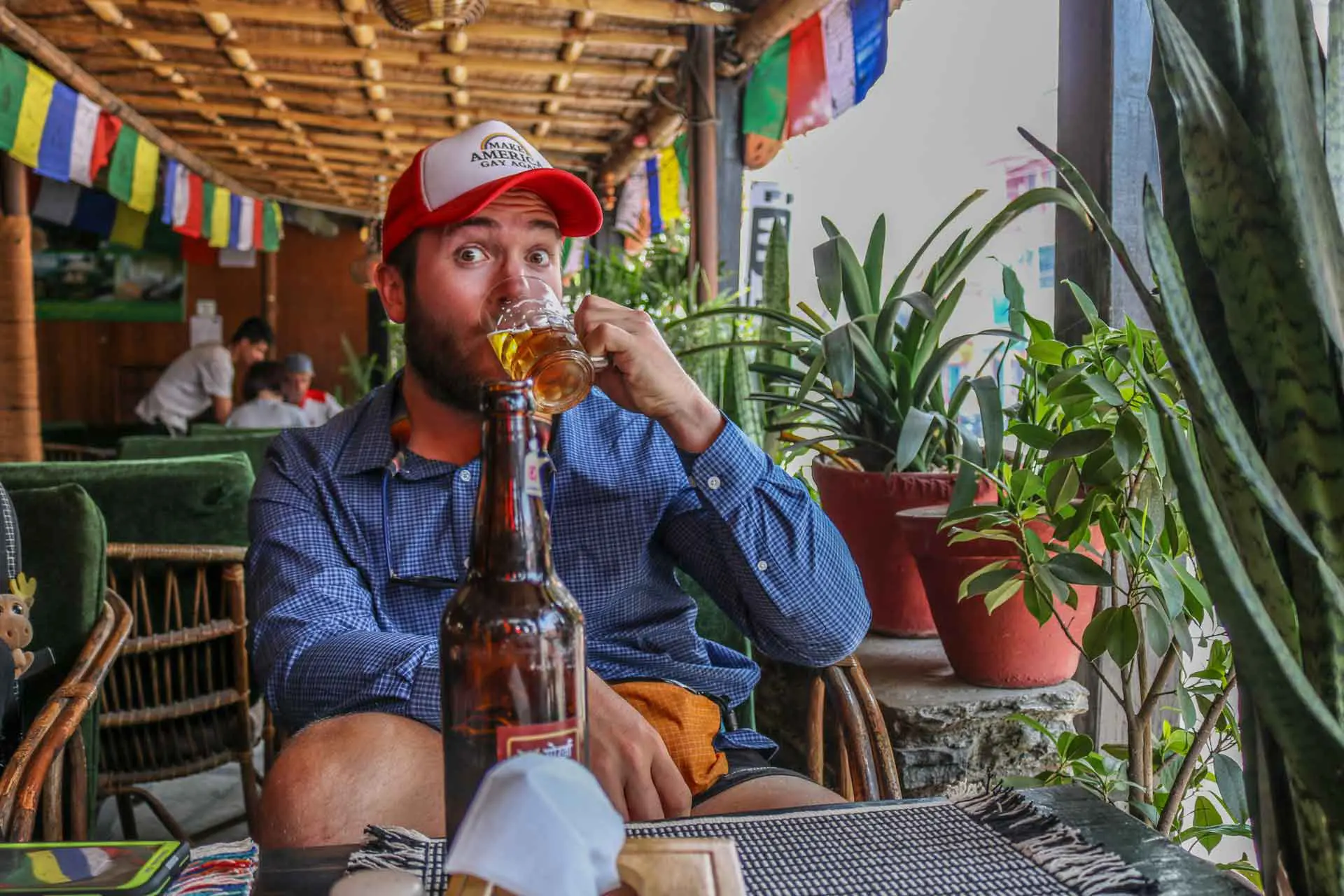The Tour Divide: What, Where, Why, and How?
The Tour Divide is an annual 2,700-mile (4,300 km) self-supported bikepacking race following the Great Divide Mountain Bike Route (GDMBR). Most of the route follows dirt and gravel roads with a few sections of pavement or singletrack sprinkled in for good measure (along with the occasional hike-a-bike section).
Cursory internet sleuthing tells me that the current iteration of the Tour Divide began in 2008. However, the first individual time trial of the route was in 2005, and people have been riding the GDMBR since as early as 1997 when the Adventure Cycling Association first mapped it.
Speaking of websites, the current Tour Divide website hasn’t been updated since 2014 and leaves much to be desired. Or perhaps the state of the website is instead part of the Tour Divide’s charm? Mystique? Neato-ness?
You may already have more questions than answers if you’ve encountered this with zero knowledge of the Tour Divide or the GDMBR. Fear not; they will be addressed. Also, know that I will likely have many of the same questions. I intend to answer said questions by participating in (and hopefully completing) this year’s Tour Divide.
That said, I’ve been doing my research (and investing heavily in bikepacking gear).
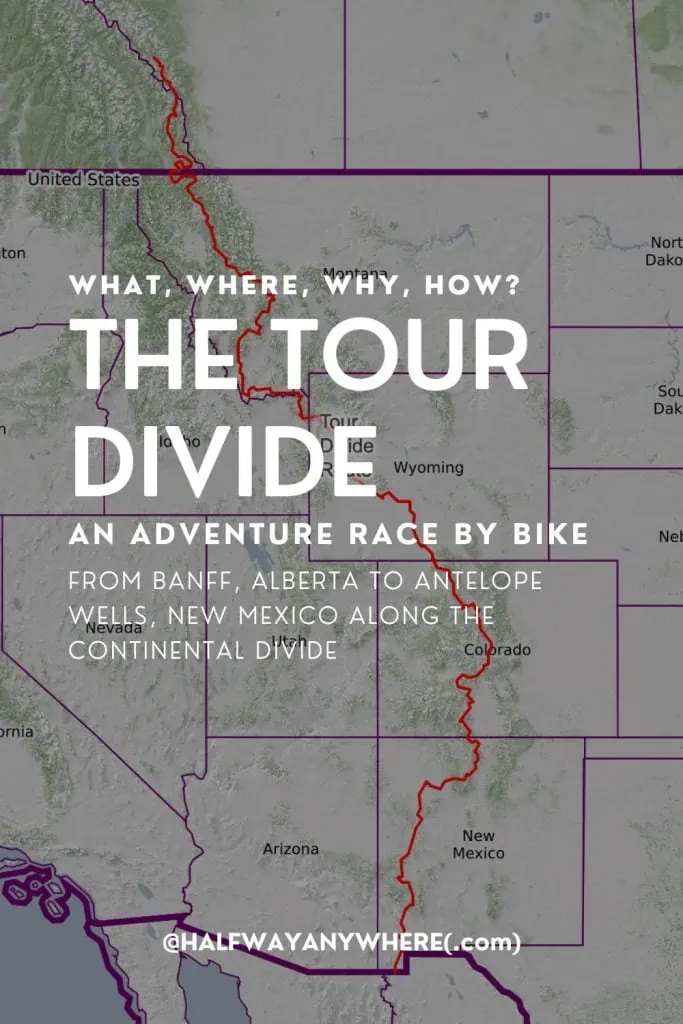
What Is the Great Divide Mountain Bike Route?
The northern terminus of the Great Divide Mountain Bike Route (GDMBR) is in Jasper (it was in Banff – the start of the Tour Divide – until 2018), a resort town in Alberta, Canada. It then heads south for over 3,000 mi / 4,800 km to its southern terminus at the US-Mexico Border at Antelope Wells, New Mexico. It can be ridden in either direction, but it’s traditionally ridden southbound.
Along with the Arizona Trail and the Colorado Trail, it comprises the most significant leg of bikepacking’s Triple Crown; similar to the thru-hiking Triple Crown comprised of the Pacific Crest Trail, Continental Divide Trail, and Appalachian Trail.
The route is almost entirely along dirt and gravel roads and is, for the most part, not a technical ride (i.e., you don’t need to be an expert-level mountain biker to navigate the GDMBR). Yes, there are a few short sections of singletrack, but overall, this route is suited for gravel or mountain bikes (but certainly not road bikes).
The GDMBR is approximately 3,000 mi / 4,800 km long and has over 133,000 ft / 40,500 m of climbing and an equal amount of descent. It passes through seven states/provinces: Alberta, British Columbia, Montana, Idaho, Wyoming, Colorado, and New Mexico. Despite beginning in Canada (as in riders must pass immigration at a border crossing), the route does not enter Mexico; it ends (or begins) at the US-Mexico Border.
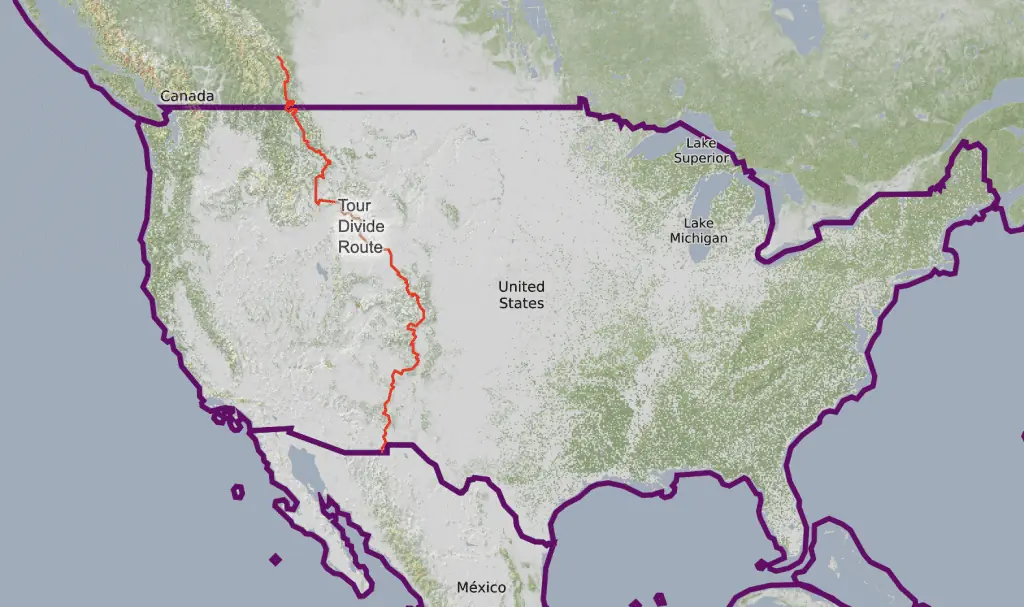
The Difference Between the Tour Divide and the GDMBR
You may be asking yourself, as I have, what’s the difference between the Tour Divide and the Great Divide Mountain Bike Route? The answer? Nothing. Kind of.
The Tour Divide is the name of the annual self-supported race of the GDMBR. Put another way, the Tour Divide follows the GDMBR. However, it begins in Banff instead of Jasper; Banff was the northern terminus of the GDMBR until 2018, when it was moved to Jasper. At least, that’s all you need to know if you’re not racing and/or riding the Tour Divide. What’s self-supported? It means that racers are only afforded resources available to everyone else participating.
For example, staying at a hotel? Perfectly fine. Staying at a friend’s house? Not okay.
When you drill down to the details, there are a few sections where the Tour Divide diverges from the GDMBR. But for all intents and purposes, they’re the same; again, unless you’re concerned about racing the Tour Dviide, then there are a few spots you need to take note of.
Every year, people bikepack all or part of the GDMBR on their own (in both directions). These people can take as much or as little time as they like – many presumably even enjoy their experience. Meanwhile, others decide to race the Tour Divide beginning on the second Friday of June at the northern terminus in Banff, Alberta (in Canada). The latter group’s enjoyment often falls more heavily into the Type II (or even Type III) fun category.
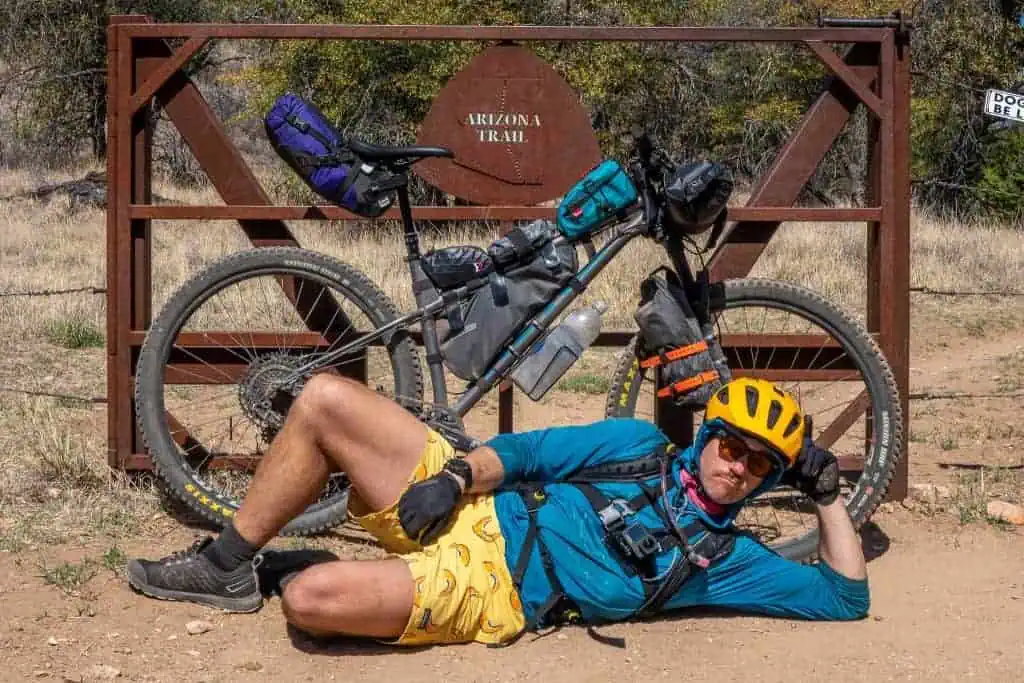
The GDMBR Versus the Continental Divide Trail
When I first hiked the Continental Divide Trail (CDT), I met one person in Island Park, Idaho, who was riding the Divide; I had no idea what they were doing, what the Tour Divide was, or what the GDMBR was. The cyclist was stoked to see me and my CDT hiking buddy, but we thought ourselves cooler than him because what could be cooler than hiking the CDT?
How things have changed. I apologize for not greeting you with the enthusiasm you deserved, anonymous 2017 Tour Divide racer.
Despite the CDT following a lot of dirt and gravel roads – that would be suitable for bikepacking – there’s actually very little overlap between the two routes. Yes, there will be opportunities for northbound CDT thru-hikers to see Tour Divide riders, but many will pass like ships in the night.
The Tour Divide starts too early for southbound CDT hikers to catch any riders, but they could still encounter northbound GDMBR riders during their thru-hikes. Remember, play nice if/when you see each other out there. We’re all out there doing awesome things in nature. There’s no need to perpetuate a bikepacker-backpacker divide (on the Divide).
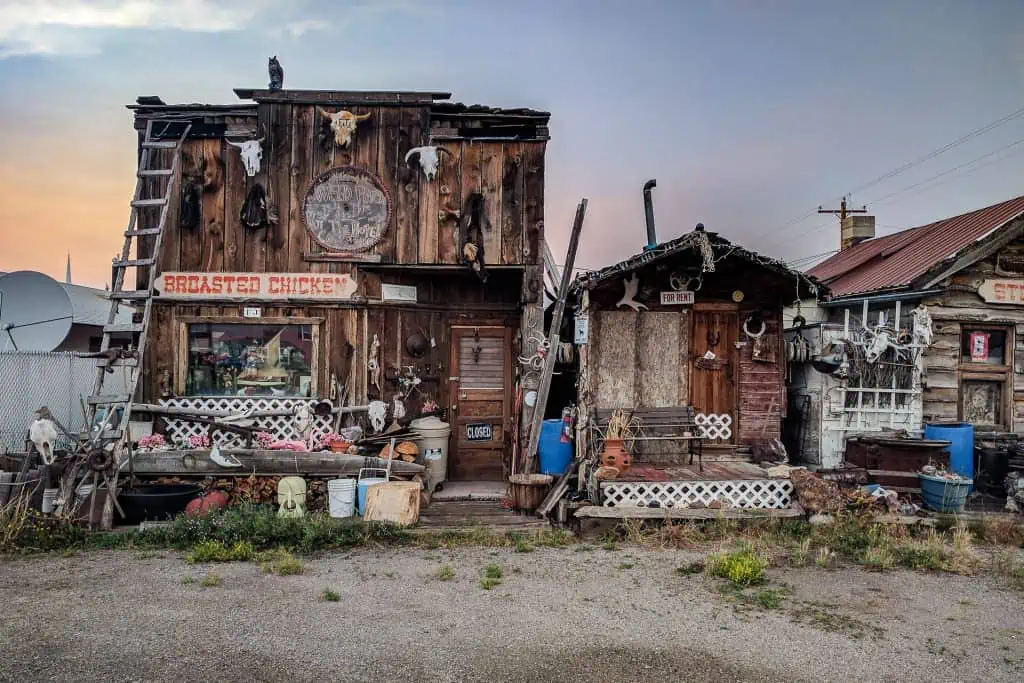
How to Participate in the Tour Divide
The community that has made the Tour Divide what it is today doesn’t exist as an official organization or entity. Instead, it’s willed into being by the yearly riding crop’s cohesion, carrying on traditions from and iterating upon actions of previous years’ cyclists.
There’s no sign-up form, no entry fee, no website (at least not a website updated in the last decade), and no organized event at the starting line in Banff (or at the finish line at Antelope Wells, New Mexico).
Most of the organization appears to come from Facebook groups (typically some of the most toxic online cesspools, but in rare cases, useful information corners). Every year, participants who provide tracking information (using a device such as a Garmin inReach Mini 2) to trackleaders can be watched online as they move down the course.
You show up in Banff, start riding south on the second Friday in June, tell anyone who asks that you’re riding the Tour Divide, and BOOM! you’re officially racing the Tour Divide. I’ve heard that in recent years that the community attempts to organize waves of riders (based on estimated finishing time) to ease impacts and congestion on/along the start of the race. Don’t want the local government to come in and try to shut down the unofficial race, after all.
Maybe one day, the magic of this unofficial, unorganized, organized, official bikepacking race will wane as permits, regulations, and rules are imposed with increasing popularity and awareness of the event. Maybe someone will write a best-selling book about the Tour Divide and blow it up like a certain unnamed book did to a certain unnamed trail in the Western United States.
Apparently, you’re supposed to send in a letter of intent to a random email address that I suspect is maintained by the crew at Bikepacking.com, but the letters of intent used to be posted to the Tour Divide website (which seems like it was a fun tradition that’s now sadly gone as of 2010).
For now, you only need to get on your bike and ride.
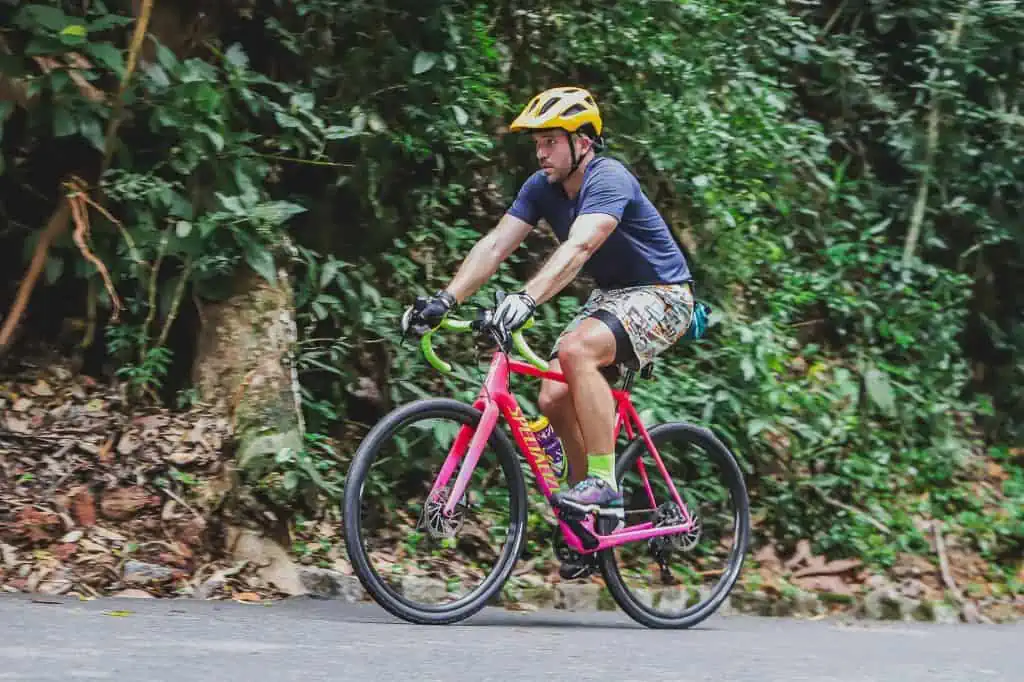
Wrap Up
The Tour Divide is the unofficial orrifical self-supported race of the Great Divide Mountain Bike Route, with a few changes to the route. Simple enough, right?
It’s an incredible test of physical and mental endurance, with many riders forgoing sleep to put in more hours on the bike (how many hours I sleep every night is something I’m interested in seeing).
According to DotWatcher, since the Tour Divide’s conception in 2008, only 716 riders have completed the race (this number is likely not 100% accurate, but it’s about as good as we can do). Hopefully, after this year’s race, I will be able to count myself among the fewer than 1,000 total finishers.
For now, it’s time to go and ride my bike.
